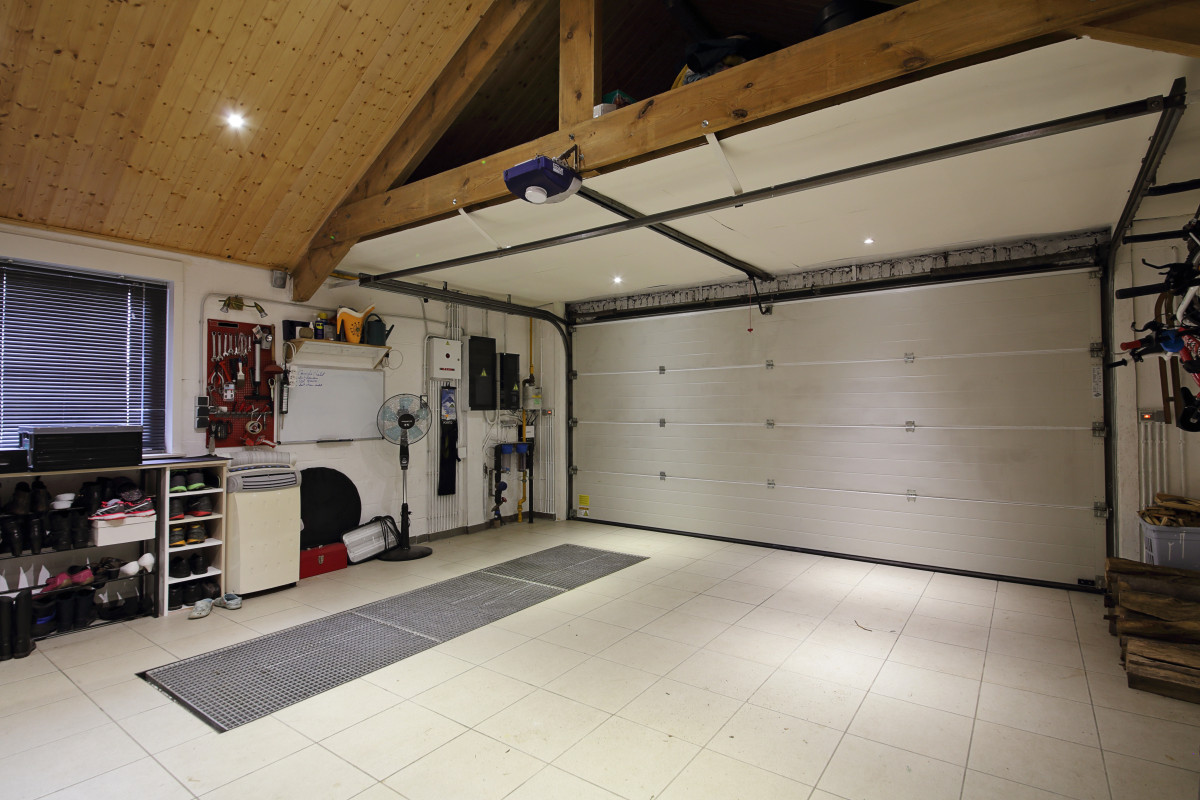That trusty outdoor scrub brush – your secret weapon against stubborn grime on patios, decks, and siding – has finally met its match. Those once-vibrant bristles are looking a little…sad. Don’t despair! While a worn-out brush might seem like a small problem, neglecting it can lead to less effective cleaning and even damage to your surfaces. This comprehensive guide will walk you through everything you need to know about dealing with worn-out outdoor scrub brush bristles, from assessing the damage to finding the perfect replacement, and even extending the life of your next brush.
Assessing the Damage: Is it Time for a Replacement?

Before you rush out to buy a new brush, take a moment to assess the extent of the damage. Are just a few bristles missing, or is the brush head significantly thinned out and ineffective? A few stray bristles are usually nothing to worry about, but if a substantial portion of the bristles are gone, or if the remaining bristles are bent and splayed, it’s definitely time for a replacement. Consider these factors:
- Bristle Density: Is there sufficient bristle density left to effectively scrub? If the brush head feels sparse and weak, it’s lost its cleaning power.
- Bristle Condition: Are the remaining bristles frayed, bent, or broken? Damaged bristles won’t clean effectively and could even scratch your surfaces.
- Cleaning Effectiveness: Does the brush still remove dirt and grime efficiently? If it’s struggling to clean even relatively clean surfaces, it’s time for an upgrade.
If your brush fails any of these tests, don’t try to force it – you’ll only risk damaging your surfaces or injuring yourself. Investing in a new brush is a far better solution in the long run.
Choosing Your Next Outdoor Scrub Brush: Bristle Material Matters

The type of bristle material significantly impacts the brush’s lifespan and cleaning ability. Here’s a breakdown of common bristle types:
- Nylon Bristles: Durable and relatively inexpensive, nylon bristles are a good all-around choice for most outdoor cleaning tasks. They’re resistant to chemicals and can withstand regular use.
- Polypropylene Bristles: Similar to nylon, polypropylene bristles are tough, chemical-resistant, and budget-friendly. They’re often softer than nylon, making them a good option for delicate surfaces.
- Natural Bristles (e.g., Tampico, Sisal): These offer excellent scrubbing power but are less durable and more expensive than synthetic options. They can also be more prone to damage from harsh chemicals.
Consider the surfaces you’ll be cleaning when choosing your bristles. Harder bristles are ideal for tough jobs like removing concrete stains, while softer bristles are better suited for delicate surfaces like wood or painted siding. A good quality brush with tightly packed bristles will last longer and clean more effectively.
Beyond Bristles: Handle and Brush Head Design
The handle and brush head design also play a significant role in the overall effectiveness and lifespan of your outdoor scrub brush. Consider these factors:
- Handle Length: Choose a handle long enough to reach comfortably without straining your back. Extendable handles are a great option for versatility.
- Handle Material: Look for a durable handle material that’s comfortable to grip, even when wet. Wood, metal, and durable plastics are common choices.
- Brush Head Size and Shape: The size and shape of the brush head will depend on the size and type of surface you’re cleaning. Consider a smaller brush for intricate details and a larger brush for larger areas.
A well-designed brush will make the cleaning process easier and more efficient, reducing strain and improving results. Investing in quality construction pays off in the long run.
Extending the Life of Your New Scrub Brush

Even the best scrub brushes eventually wear out, but you can take steps to maximize their lifespan:
- Rinse Thoroughly: After each use, rinse your brush thoroughly with water to remove dirt and debris. This prevents buildup that can damage the bristles.
- Store Properly: Store your brush in a dry, well-ventilated area to prevent mold and mildew growth. Avoid storing it in direct sunlight, which can fade the bristles.
- Avoid Harsh Chemicals: Some harsh chemicals can damage or weaken the bristles over time. Whenever possible, use milder cleaning solutions.
- Regular Maintenance: Check your brush regularly for damaged or loose bristles. Remove any stray bristles or debris to keep the brush in good working condition.
By following these simple tips, you can significantly extend the life of your outdoor scrub brush and keep it cleaning effectively for longer.
Conclusion: A Clean Sweep for Years to Come

A worn-out outdoor scrub brush is a common problem, but it’s easily solved with a little knowledge and the right approach. By carefully assessing the damage, choosing a high-quality replacement with appropriate bristle material, and practicing good maintenance habits, you can ensure your outdoor cleaning projects remain efficient and effective for years to come. Remember, investing in a durable, well-designed brush is a worthwhile investment that saves you time, effort, and prevents potential damage to your valuable outdoor surfaces.


